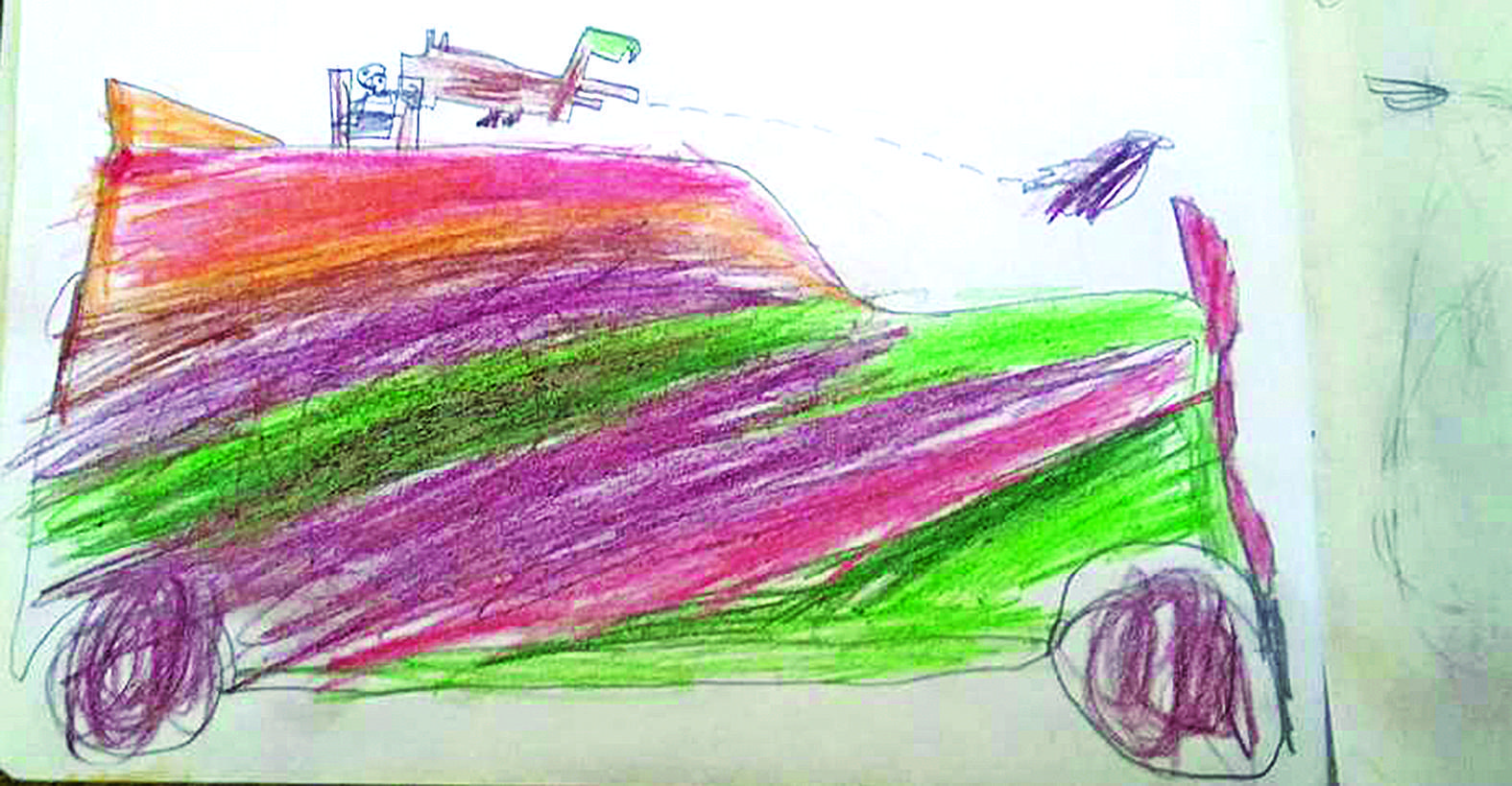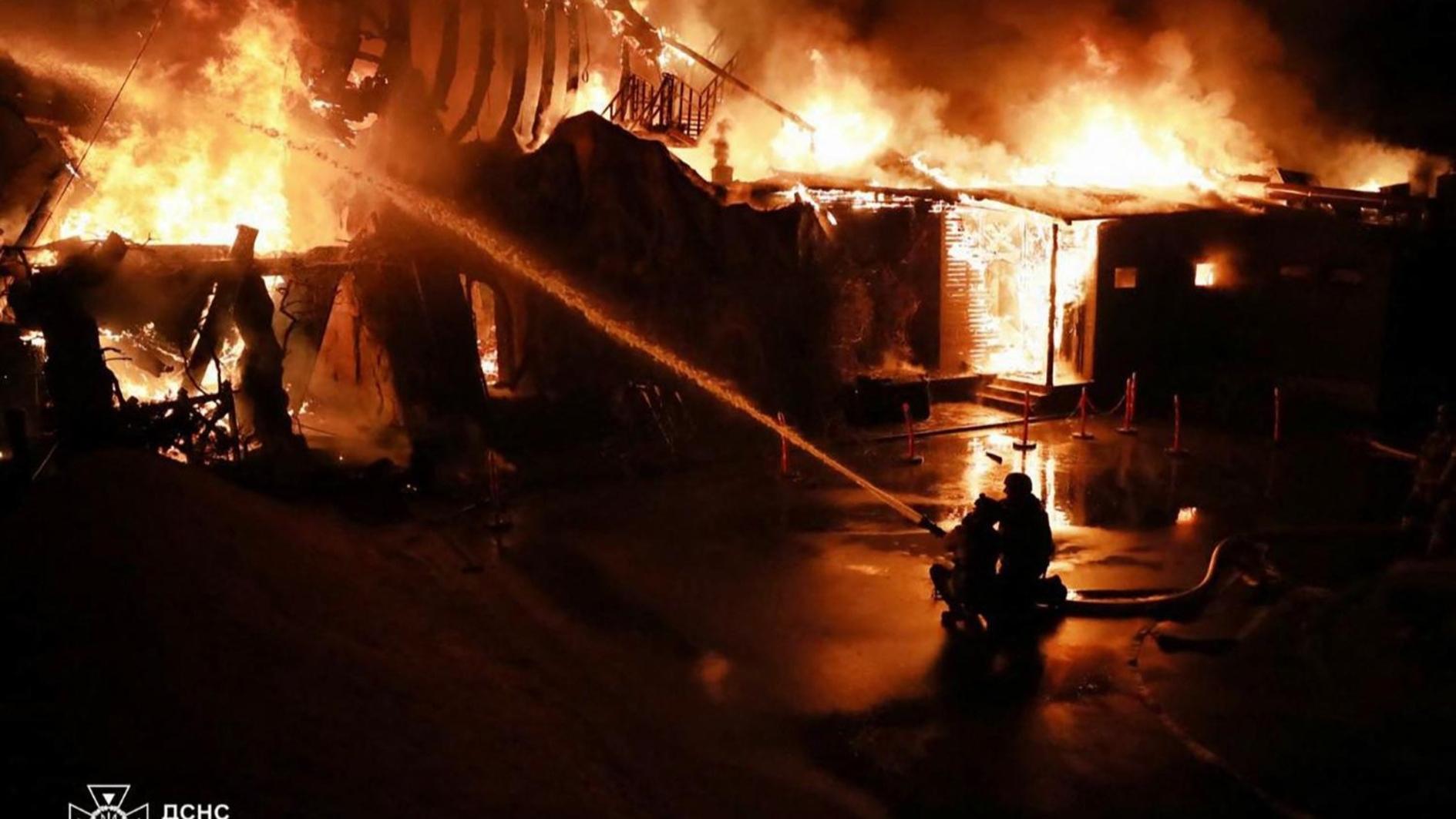The darkness that makes children draw tanks
 Before the invention of the camera, people used to draw more than they do today. This was out of necessity. People would draw to record what they saw.
Before the invention of the camera, people used to draw more than they do today. This was out of necessity. People would draw to record what they saw.But in the mid-19th century, photography killed drawing. It was left to the artists. British art critic John Ruskin spent four years encouraging people to draw. He wrote books and gave speeches. He said, “A man is born an artist as a hippopotamus is born a hippopotamus.”
Ruskin was trying to explain that drawing had value even when it was practiced by people with no talent. This was so for Ruskin because drawing can teach us to see, to notice properly rather than to gaze absentmindedly. In the process of recreating with our own hand what lies before our eyes, we naturally move from a position of observing beauty in a loose way to one where we acquire a deep understanding of its parts.
With this in mind, I was looking at a picture drawn by a child from Cizre, a district in southeastern Turkey. I am guessing the child is about 10 years old, from the long trunk of the tree and the long legs of the horse.

Children draw tables, trees and animals as “much taller.” They see the world closer to the ground than we grownups. The world for children is closer to the sky.
There is a huge tree in the corner of the picture. There are mushrooms and flowers at the bottom of the tree. A smiling girl in a red dress is picking flowers.
There is a giant rainbow over the mountains, a warm sun, butterflies and birds. It is obvious that in the middle of tanks and ruins, this child is drawing not what she sees but what she is imagining.
Probably that child met the dark side of the world at an early age and she is drawing the spring she has seen a few times in her life so that she keeps it fresh in her memory. She is trying to explain her worry with that picture: “This is the world I want to live in. I want to be a happy child among birds, trees, flowers, under the sun with my red dress.”
Who knows?
Another child from Cizre drew a tank. The weapon on top of the tank is shooting a bird flying in front of it. The child, with this picture, is saying “You are shooting my freedom.”

Despite the tar-black days, the tank is painted full of colors. He is a child, whatever happens. He nurtures these colors inside him.
When we assume that there are no solutions left, they are actually those things we do not want to solve. Or maybe those things do not suit our book when they are solved.
They consider those who say “peace, right now” naïve.
At the top of the country, there are much complicated stories that only grownups can comprehend and those who do not see life through shrewd cunning glasses cannot understand.
We do understand actually, but at the same time refuse to understand.
When the issue turns around and comes back to us as arms, violence, war, the storm in the region, we do understand, but we don’t.
To hell with all negotiations, showdowns, power fights, strategies and bad policies in a country where small children draw tanks and weapons or their yearnings for a better life…
If it is naivety to cry for peace in a place where fingers do not hesitate when pulling the trigger, even for children, then let us all be naïve; let us all be considered pure idiots…











